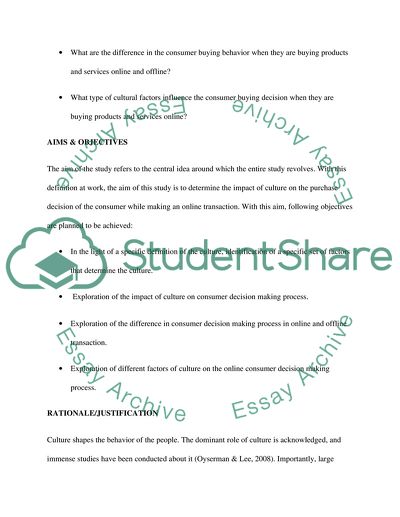Cite this document
(“Impact of culture on online consumer purchase decision Thesis Proposal”, n.d.)
Impact of culture on online consumer purchase decision Thesis Proposal. Retrieved from https://studentshare.org/marketing/1629879-impact-of-culture-on-online-consumer-purchase-decision
Impact of culture on online consumer purchase decision Thesis Proposal. Retrieved from https://studentshare.org/marketing/1629879-impact-of-culture-on-online-consumer-purchase-decision
(Impact of Culture on Online Consumer Purchase Decision Thesis Proposal)
Impact of Culture on Online Consumer Purchase Decision Thesis Proposal. https://studentshare.org/marketing/1629879-impact-of-culture-on-online-consumer-purchase-decision.
Impact of Culture on Online Consumer Purchase Decision Thesis Proposal. https://studentshare.org/marketing/1629879-impact-of-culture-on-online-consumer-purchase-decision.
“Impact of Culture on Online Consumer Purchase Decision Thesis Proposal”, n.d. https://studentshare.org/marketing/1629879-impact-of-culture-on-online-consumer-purchase-decision.


